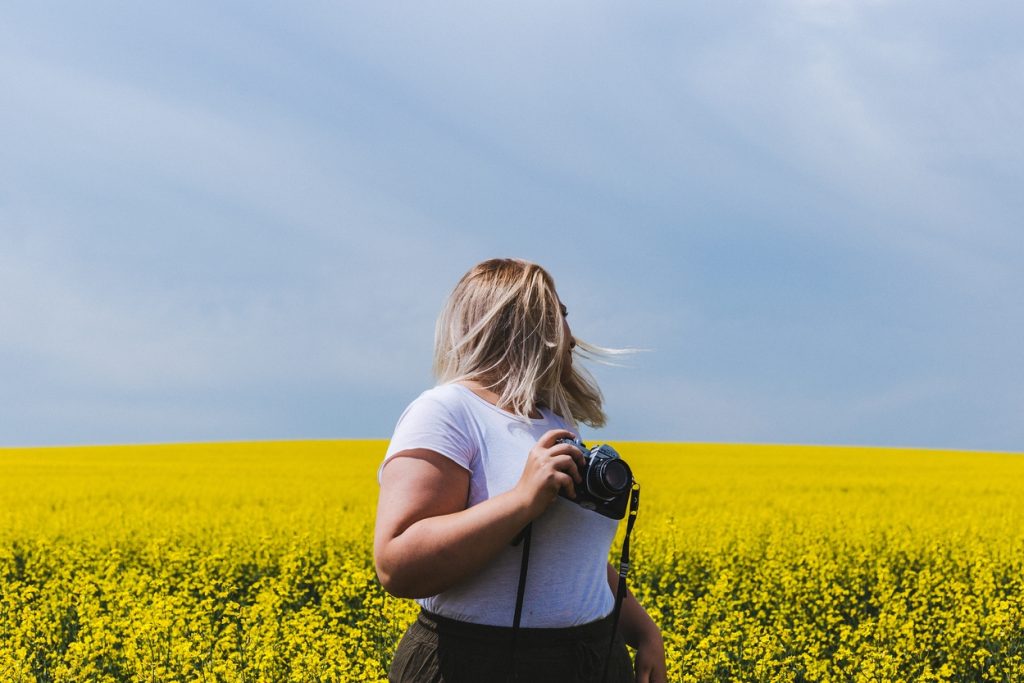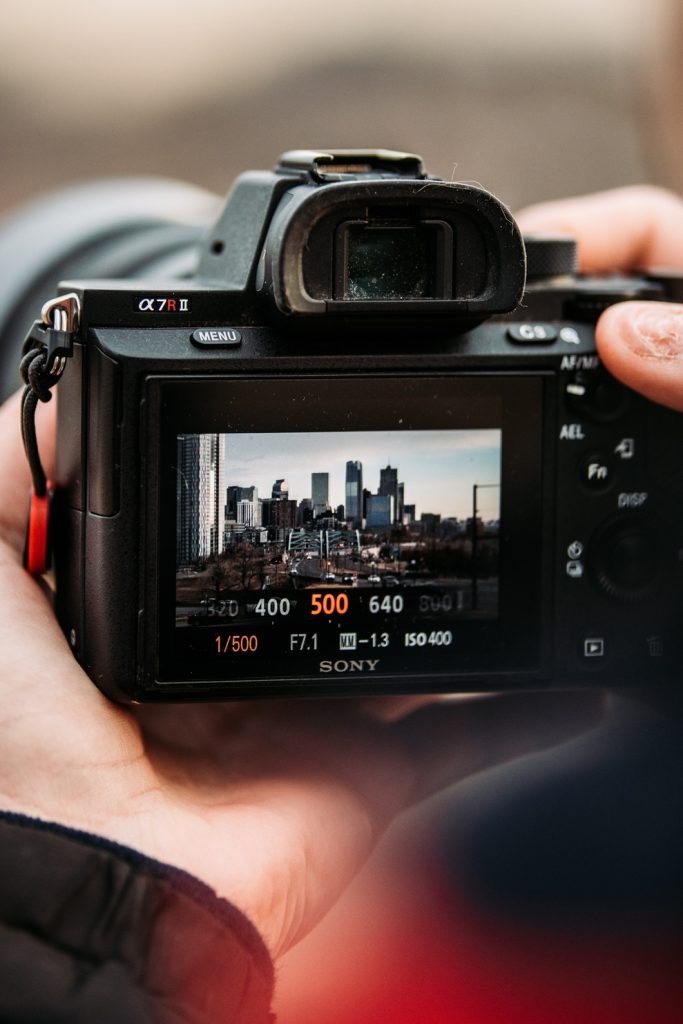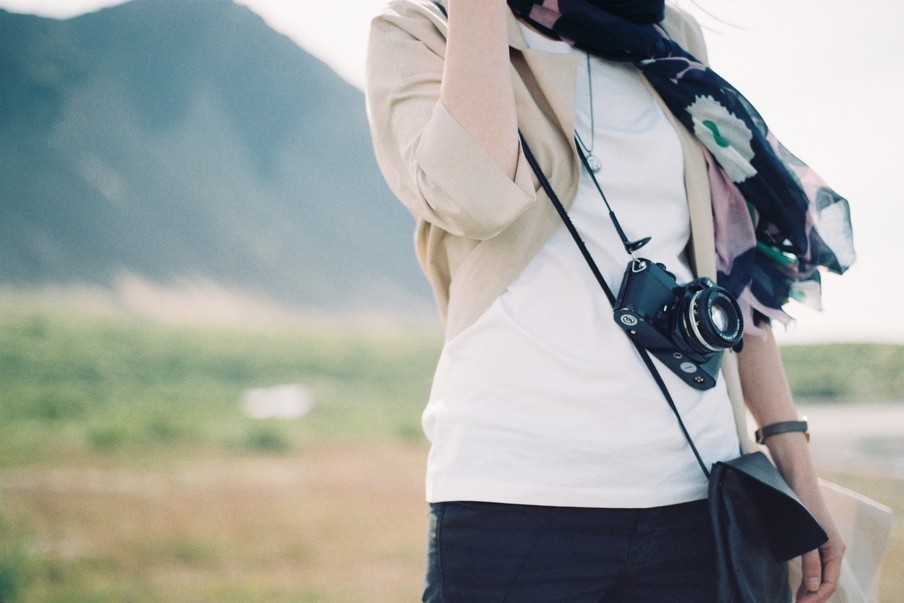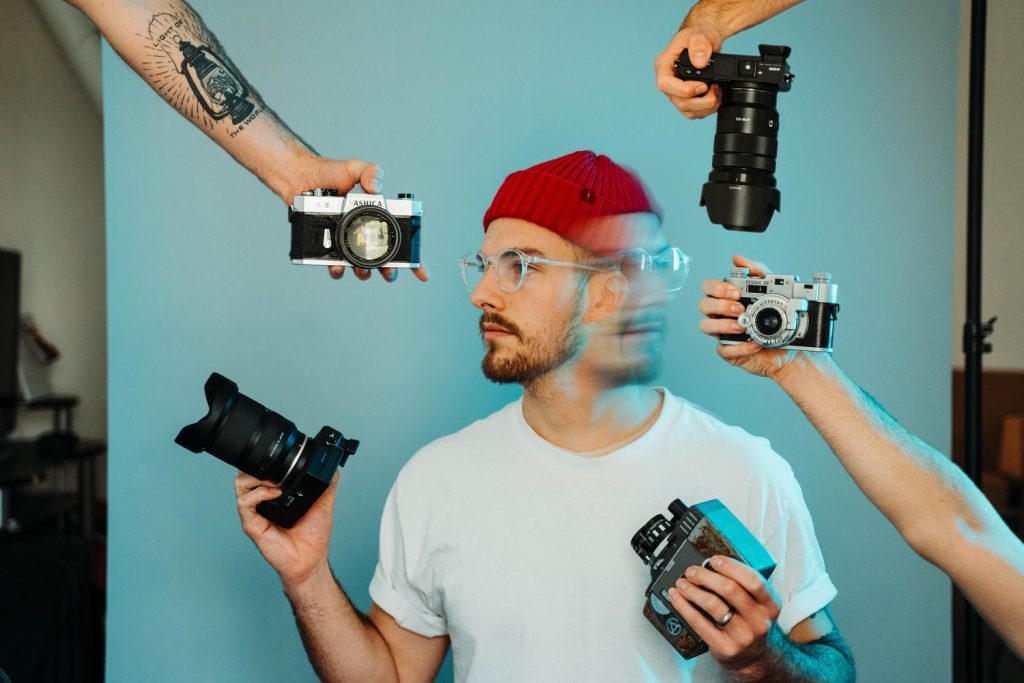Master Camera Basics For Easy and Memorable Shooting
With summer in full swing, now is a fantastic time to get yourself a new camera and capture unforgettable high-quality moments. However, if you are a beginner, you will find a bewildering array of cameras to choose from a variety of price points. Thus, it can be a bit overwhelming to shop for new hardware.

What a Beginning Photographer Should Consider
Transitioning from a phone or a point-and-shoot camera suddenly means more opportunities to be a creative photographer. But, it also means there are new things to learn or consider. Should one get a mirrorless camera or a conventional DSLR? What about interchangeable lenses, ISO range (light sensitivity), and other advanced features? Not to worry - there are only a few factors critical for beginner and summer shooting fun.
You’ll want to consider these basics:
- Battery Life
- DSLR vs. Mirrorless
- Megapixels
- RAW vs. JPEG
Battery Life
Booting up your camera for a crucial moment and having to confront a drained battery can be pretty debilitating. Sure, you are responsible for charging your devices. But, having a camera with long battery life is essential, especially for long trips where access to a charger is limited. Cold weather and continuous use will drain your battery shockingly fast. Even a good camera could last only five hours depending on the situation. Furthermore, consider looking into additional batteries that are compatible with your device. When purchasing them, it’s best to stay within a brand and buy proprietary batteries, as off-brand or 3rd-party batteries may not function with your camera.
DSLR vs. Mirrorless
While not strictly a consideration that’s important for all novices, deciding whether to start with a beginner DSLR or a mirrorless camera can be imperative for any creative plans you might have. While these are complex miracles of engineering, the difference between the two is simple. DSLR cameras have a small mirror that reflects the image your lens sees into your viewer. This mirror flips up and out of the way when you squeeze the shutter. As the name implies, the mirrorless camera does not.

There are some other key differences. For instance:
- The mirror in a DSLR camera weighs more than a Mirrorless camera due to the mirror box and flip-up screen mechanism.
- The lens connection point is larger.
- The weight of a lens depends on the maximum aperture. Thus, lenses for mirrorless and DSLR cameras vary in size and weight.
It should be noted that none of these attributes mean that DSLR cameras are bad. They are very reliable and are usually less expensive than Mirrorless cameras.
Nonetheless, prices have come down on Mirrorless. There are some excellent options available today. For instance, the Canon EOS M50 boasts many great features for a budding photographer at an affordable price point.
Megapixels
Many budding photographers would like to migrate from our smartphones to something more robust. For context, the camera on your smartphone is probably between 12-16 megapixels. A good beginner camera boasts anywhere from 20-26 megapixels. And, while it is beyond the scope of this blog, the pixel sizes found on smartphones are much smaller, producing a lower image quality. In layman’s terms, megapixels represent how much image data your shot contains.
Pixels are crucial when the time comes to print an image. A smartphone might work up to about a 8” x 10” print before image degradation occurs. A higher megapixel image contains more information and can be easily enlarged. Cameras like the Canon PowerShot SX540 or the Panasonic Lumix are good examples of “point-and-shoot” 20-megapixel cameras.
RAW vs. JPEG
If you are familiar with computer file types, you’ve probably heard of a JPEG. It’s a photo file format that retains high quality while compressing the file size significantly. RAW files are uncompressed image data. The image captured on your camera is exactly the image you’ll see on a RAW file. Being a much bigger file and taking up more space, RAW files also require a separate program to open on a computer, which can be a minor hassle if you want to print your photos at home. If your camera produces RAW files, it will usually come with a program for it. But, it’s better to have something like Adobe Photoshop or Adobe Lightroom.
Other Features
When considering your options, you should also think about what you want from your camera. All cameras will have an “auto” mode, which will adjust most of the settings on the fly. However, cameras with manual options can allow for more refined and creative visual content. By adjusting the shutter speed, aperture, and ISO, one can capture a variety of images across all types of lighting and composition conditions.
A Camera that can Grow with You
Lastly, something you want to consider when purchasing your camera is the ability to upgrade and accessorize. Components that can elevate your hardware include new lenses, a tripod, filters, or an external flash (if your camera doesn’t have one built-in).
A camera, such as the Canon EOS Rebel or the Nikon D3500, can grow with you to become a lifelong friend and an excellent investment. Whether your camera is just being used to capture summer memories or is the beginning of a lifelong career, the photos you take will be something to cherish in years to come.






